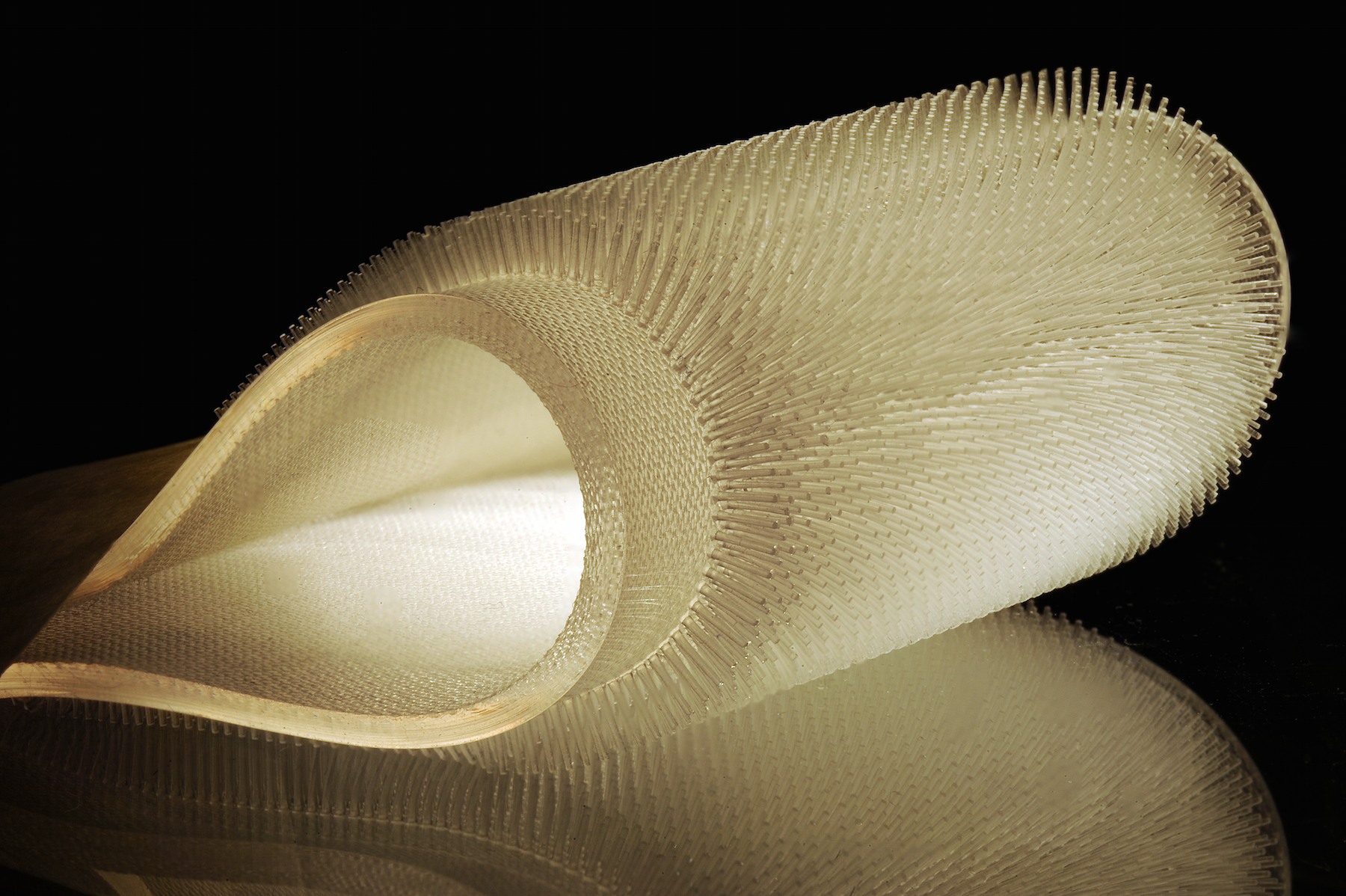


Forget sleek wetsuits — fur coats might one day help keep divers warm under water.
Whereas dolphins and whales rely on thick blubber to help keep warm in cold water, fur seals and sea otters depend on dense fur to trap a layer of air against their bodies. Since air does not conduct heat as well as water, air layers can insulate against heat loss.
Now mechanical engineer Alice Nasto at the Massachusetts Institute of Technology have created artificial mimics of such fur to see how these hairs protect these seafaring creatures.
“Our research group studies a lot of biologically inspired fluid mechanics problems, such as how snails use slime for locomotion, or how water striders walk on water,” Nasto says.
The researchers used laser-cut acrylic molds to fabricate hairy surfaces made of silicone rubber. They next experimented with the effects that hair properties such as hair length and hair spacing had when these materials were plunged at precise speeds into liquids such as silicone oil, which comes in a variety of viscosities.
Nasto and her colleagues found that the arrangement of the hairs played a significant role in how much they resisted getting wet. Specifically, the longer and more closely spaced hairs were, the better that surfaces were at trapping air and staying dry.
In essence, rows of hairs can act like rows of tubes. The closer that hairs are together, the better such “tubes” are at holding air; the longer the hairs are, the more air these “tubes” can trap. “If the tubes are short, they get wet immediately when submerged — fill with liquid,” Nasto says. “If the tubes are long, they can resist liquid from penetrating in, thereby trapping air.”
Most previous research on water-repellant surfaces relied on structures on those materials that are nanometers to micrometers in size, the scale of molecules and cells. Water droplets can rest on top of these structures much like mystics on beds of nails.
For the first time, Nasto and her colleagues have found that larger-scale structures millimeters to centimeters in size, such as fur, can have similar water-repellant properties. Moreover, such materials will probably be easier to fabricate than ones with tinier structures, the researchers said.
Nasto and her colleagues experimented with short, stiff, smooth hairs of uniform lengths rising straight up from materials. Future research can investigate how well a variety of different kinds of hairs perform, such as long hairs, flexible hairs, bristly hairs, slanted hairs, or mats of hairs of both long and short lengths. “Oil from the skin could also play a role in how water-repellant hairs are,” Nasto says.
By trapping air, hair could make diving suits more buoyant, Nasto says. She is uncertain how the hairy suits would affect drag.
Moreover, the researchers only looked at how air gets trapped when hairy textures get submerged from air to liquid. “We also need to look at what happens when hairy textures get pulled out of liquid; in this scenario, liquid will get trapped on the hairy material. Bats have hairy tongues and use this mechanism for drinking nectar,” Nasto says. “And there needs to be work to not only understand how you can stay dry not only while diving into the water, but when you are submerged and at a stand-still. This kind of understanding can useful for materials for wet suits.”
The scientists detailed their findings November 23 at the annual meeting of the American Physical Society’s Division of Fluid Dynamics in Boston.
